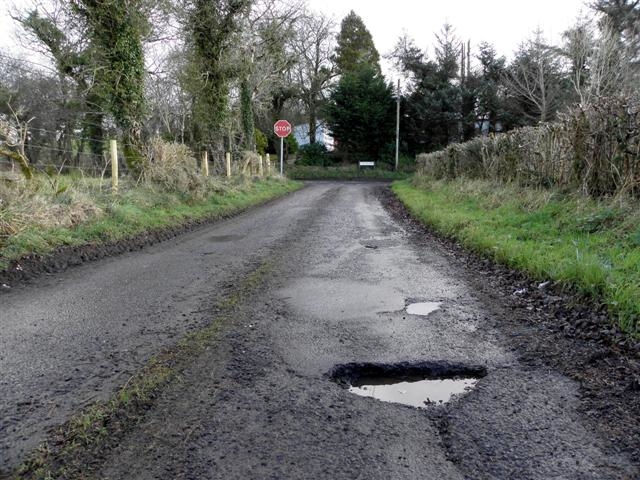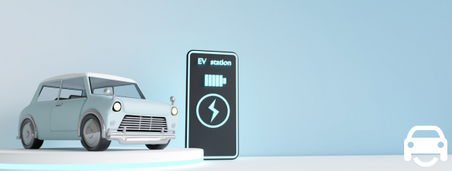Driving Tips: Bad Driving Habits That Are Killing Your Car

Driving is a skill most of us are taught once, then pay little attention to the habits behind the wheel that can become damaging once we've passed our tests.
Without knowing it many drivers cause damage to what is an expensive piece of equipment.
If you do find that your driving has caused you to need a repair MotorEasy can help with our dedicated team of engineers on hand to look after your car whilst it's in the garage. Otherwise, here's the small habits to avoid that could save you a significant amount.
Bad Driving Habits - Don't Rev A Cold Engine
A cold car is a vulnerable one. It's important to avoid putting too much stress on the engine until it has reached the best temperature. Engine wear will occur if you rev the engine when cold, or accelerate hard. So don’t do it. Take it easy for the first few minutes after turning the car on.
Top Tips For Avoiding A Winter Breakdown
Bad Driving Habits - Don't Use Your Gears To Brake
Use brakes for braking. Don’t use the gears. This is an old driving technique used to reduce the speed of a vehicle when cars didn’t have very good brakes. However the cost of replacing brake pads is minimal opposed to the expense of a new clutch or gearbox.
Bad Driving Habits - Don't Brake Late
We all know someone who brakes too late. Not only is it unpleasant for passengers and unnerving for other road users, it will cost you money replacing pads, discs and tyres faster. Brakes shouldn't be applied suddenly and heavily. It should always be progressive unless you're in an emergency situation.
Bad Driving Habits - Don't Brake Going Downhill
This is called 'dragging' and it's not great for your brakes. It'll increase the wear on the pads and discs leading to you needing to replace them more often.
When travelling downhill the best practice is to be in a low gear and only apply the brakes lightly until you reach the bottom of the hill.
Bad Driving Habits - Don't Ignore Warning Lights
Don’t ignore warning lights. They're there for a reason. It's telling you to seek expert help. Check what the light means in your owners manual and give the MotorEasy repairs team a call for a diagnosis.
Remember: If you have a warranty and the part is covered don't worry, diagnosis is included.
Why Has My Engine Warning Light Come On?
Bad Driving Habits - Don't Rest Your Hand On The Gearstick
There's a reason your driving instructor told you to keep both hands on the wheel. Resting your hand on your gearstick can prove damaging for your transmission.
It's connected to a selector fork, designed to make contact with a rotating collar for a short time. If you choose to rest your hand on your gearstick, you could apply pressure to the selector fork, causing premature wear.
Some owner’s manuals specifically advise against resting your hand on the gearstick, it's worth checking yours to see if that's the case.
Bad Driving Habits - Don't Hit Potholes Or Speed Bumps
There are reports that state a third of all vehicle damage is caused as a result of drivers hitting potholes. The impact can cause buckled wheels, lumps in the tyre and cracked alloys, as well as upsetting the tracking and wheel balancing.
That said, some potholes are tricky to spot – especially in the wet or at night – but it's worth being careful to avoid them or slowing where they are prevalent. Driving over a speed bump without slowing down can also cause damage to the front and rear of the car, the underside, and potentially the exhaust system.
Bad Driving Habits - Shifting From Forward To Reverse Before Stopping
Going between reverse and drive (and vice versa) in a car fitted with an automatic gearbox before stopping is really bad for the transmission. An automatic box is designed to only shift gears not stop your car.
Shifting gear before coming to a stop will cause the transmission band to wear, rather than the brake discs and pads, which are more affordable items to replace. Any work on the automatic transmission will be labour-intensive, meaning expensive.
The same can be said for "crunching" the gears in a manual car too, so it's best practice to come to a complete stop before switching into reverse gear, most modern cars won't allow you to switch without stopping.
Bad Driving Habits - Overloading Your Vehicle
Modern cars can carry heavy loads, but that doesn't mean you can't overload them.
Your owner's manual will more than likely tell you your car's maximum load weight, which will give you an indication of how much you should carry in total.
The heavier the load, the more strain you place on the brakes, suspension and drivetrain.
It's also worth noting that while leaving things such as golf clubs in the boot of you car - won't add increased strain on your car, it will affect your car's fuel economy and possibly your car's emissions output.
Bad Driving Habits - Flooring The Accelerator In A High Gear
Many modern cars feature a gearshift indicator light, giving you an idea when to change gear. These more often than not are set for economy, so more often than not you’ll be shifting slightly early to maximise efficiency. Keep an eye on the downshift icon and be prepared to change down to help your car.
Accelerating at lower revs, or in too high a gear, means that the engine is working harder, placing it under unnecessary strain. Change down and allow the revs to climb before changing up. This is more important when carrying heavy loads or when climbing hills.
Overall it is a good idea to modify your driving style and drive much more smoothly. Don’t be heavy on the brakes or accelerator that wastes fuel and shortens the life of components. Driving sympathetically and smoothly will mean that your engine will be less stressed and best of all your fuel economy will improve and the biggest change of all will be in your pocket.
Photo credit - MotorVerso.com
Further Reading
Car Recalls - Why It Pays To Get Them Done
Diesel Cars Are 3 Times More Likely To Break Down Than Petrol














